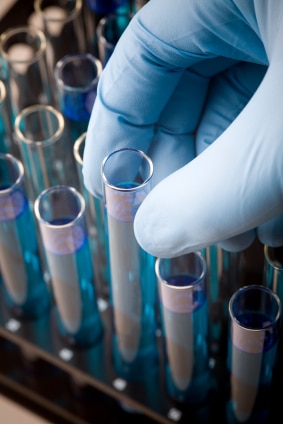What’s a Low Testosterone Level? While the signs and symptoms of low testosterone levels can be easy to recognize, making...

What’s a Low Testosterone Level? While the signs and symptoms of low testosterone levels can be easy to recognize, making...
© 2025 jackomd180. All rights reserved.